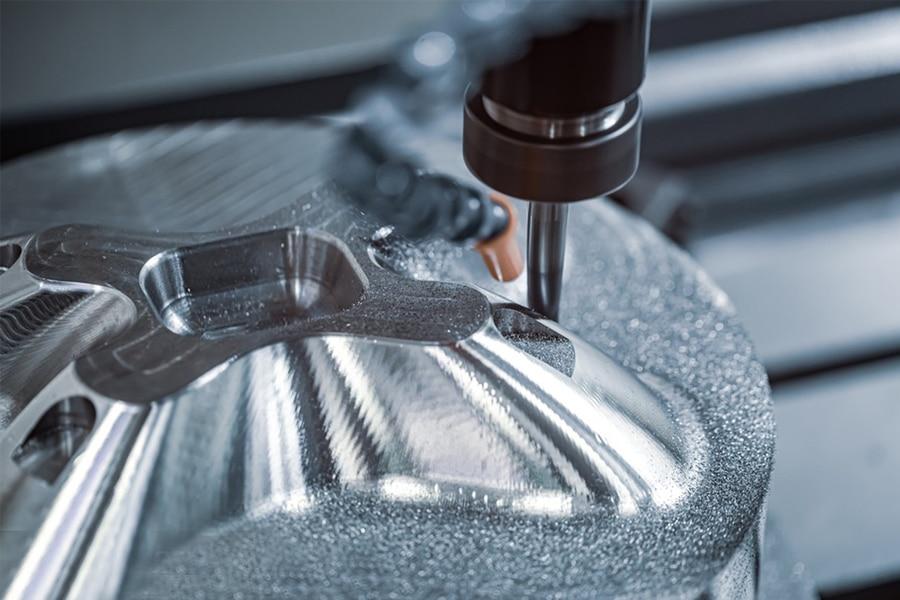When outsourcing CNC machining or any manufacturing process to China, intellectual property (IP) protection is a significant concern. Protecting your designs, proprietary information, and trade secrets is crucial to prevent unauthorized use, replication, or distribution. Here are some key considerations and strategies to address intellectual property issues when outsourcing CNC machining to China:
- Confidentiality Agreements (NDAs): Before sharing any sensitive information, require your Chinese manufacturing partner to sign a Non-Disclosure Agreement (NDA). This legally binding agreement outlines the confidentiality obligations and consequences of unauthorized disclosure.
- Clear Contracts: Draft a comprehensive contract that explicitly addresses intellectual property rights, ownership, and usage. Specify that all IP rights related to your designs and products remain with your company.
- Limited Disclosure: Provide your Chinese partner with only the information necessary for production. Limit the disclosure of detailed design specifications that are not crucial for manufacturing.
- Partial Information: Divide the manufacturing process among multiple suppliers to ensure that no single entity has complete knowledge of the entire product.
- Watermarking and Limited Prints: If you need to share detailed drawings, watermark them to deter unauthorized copying. Limit the number of physical prints or digital copies provided.
- Segmented Designs: Consider breaking down complex designs into separate components that are manufactured by different suppliers. This reduces the risk of a single supplier having access to the complete design.
- Use of Generic Materials and Components: If feasible, design your product using widely available and generic materials and components. This makes it more difficult for unauthorized reproduction.
- Third-Party IP Audits: Conduct regular audits to monitor and ensure your intellectual property is being protected as agreed upon in contracts.
- Supplier Due Diligence: Carefully vet your Chinese suppliers and choose those with a strong reputation for IP protection and ethical business practices.
- Local Legal Advice: Seek legal counsel with expertise in Chinese intellectual property law. They can guide you through the intricacies of IP protection in China and assist in drafting contracts.
- Registration of IP: If your intellectual property is eligible, consider registering patents, trademarks, or copyrights in China. This provides legal recourse in case of infringement.
- Design Alternatives: Develop alternative designs or components that can be swapped out if you suspect IP theft or if you need to switch suppliers.
- On-Site Inspections: Periodically visit your supplier’s facility to ensure compliance with your IP protection measures.
- Technology Licensing: Consider licensing technology instead of sharing complete design files. This allows you to maintain control over the use of your IP.
- Engage a Third-Party Service: Utilize third-party IP protection services that specialize in overseeing and protecting your interests when outsourcing to China.
It’s important to recognize that while these strategies can help mitigate intellectual property risks, there is no foolproof method to completely eliminate the possibility of IP theft. Balancing cost savings with IP protection requires a thoughtful approach, thorough due diligence, and continuous monitoring of your outsourcing arrangements.

